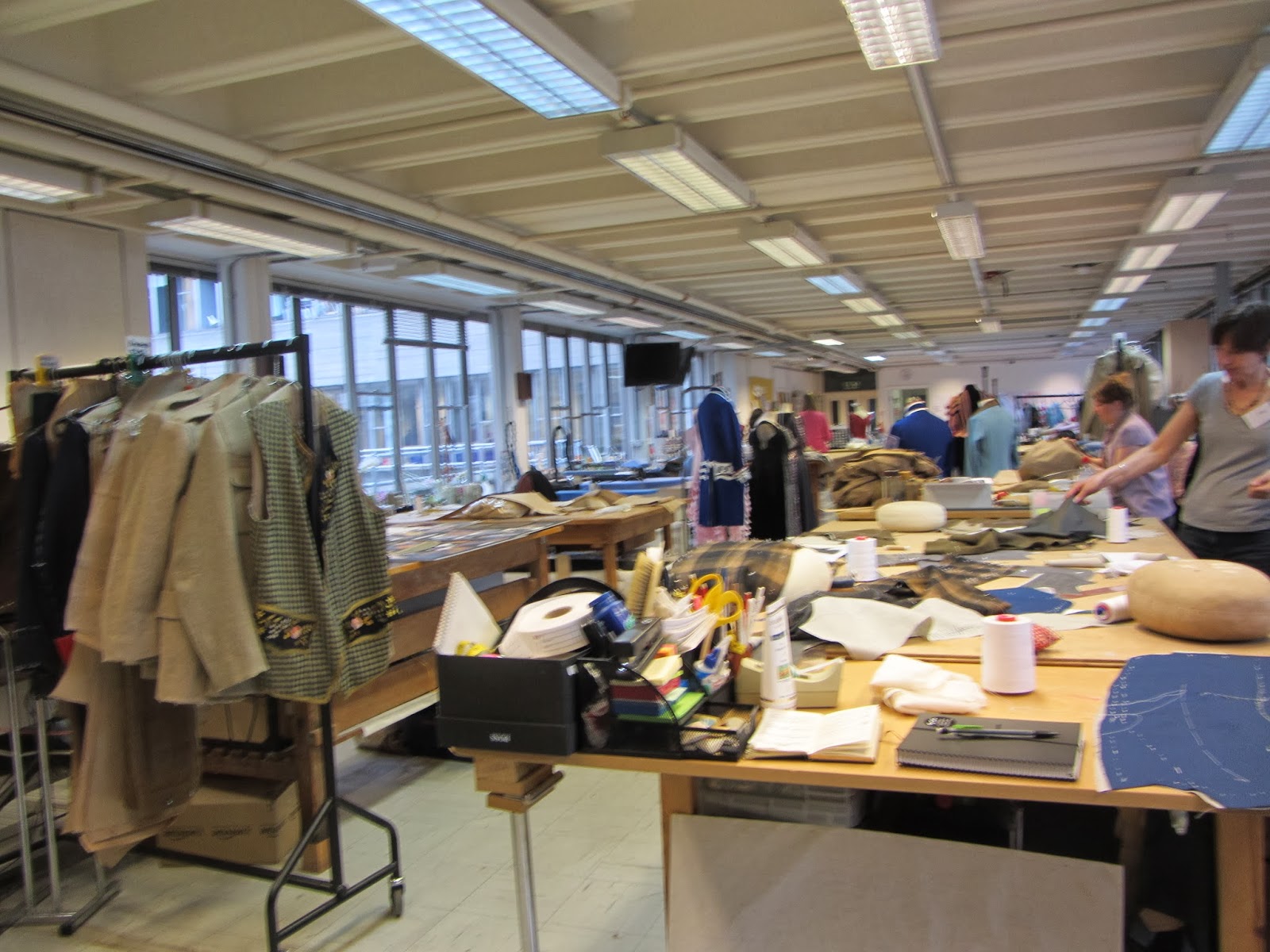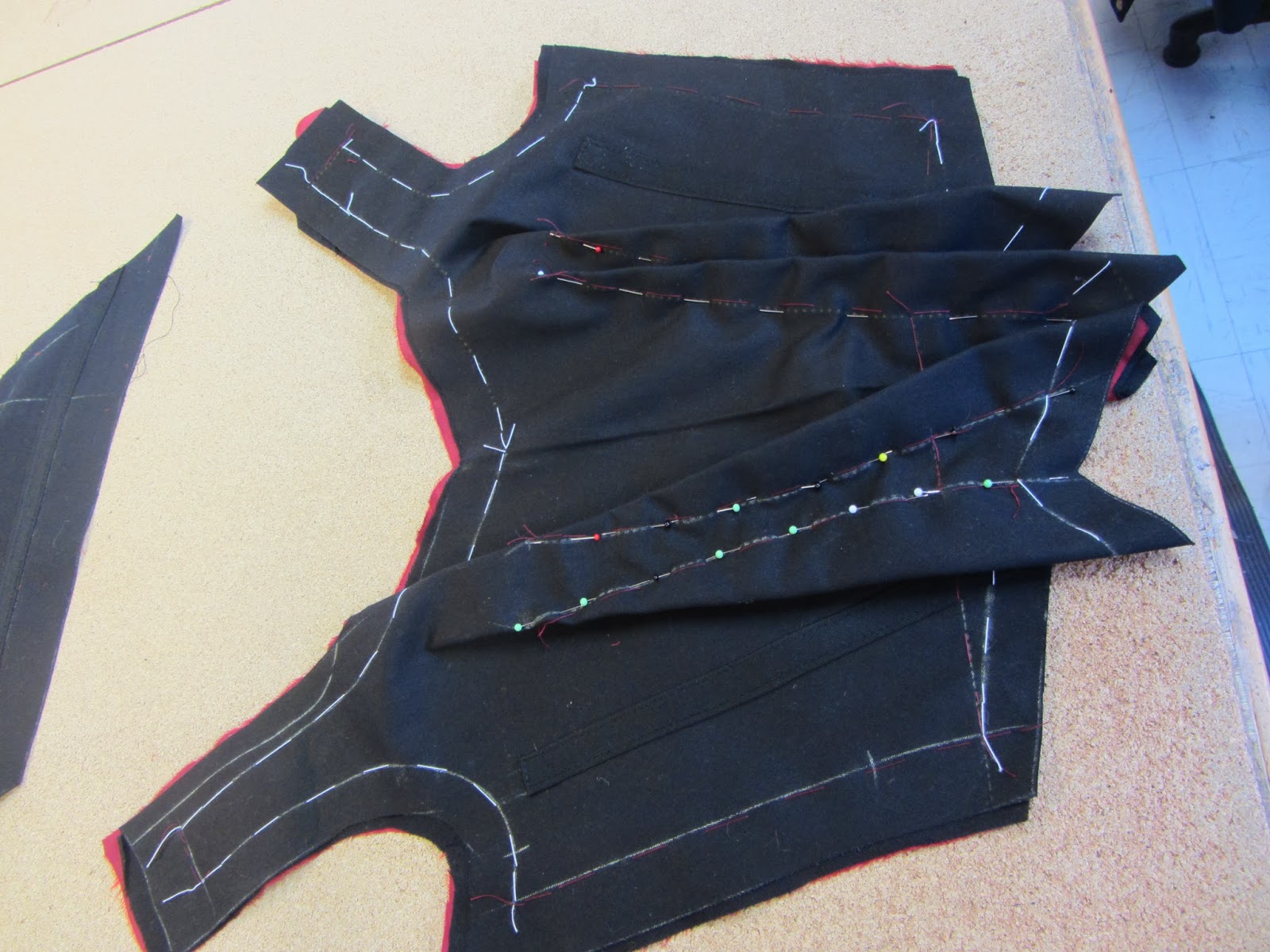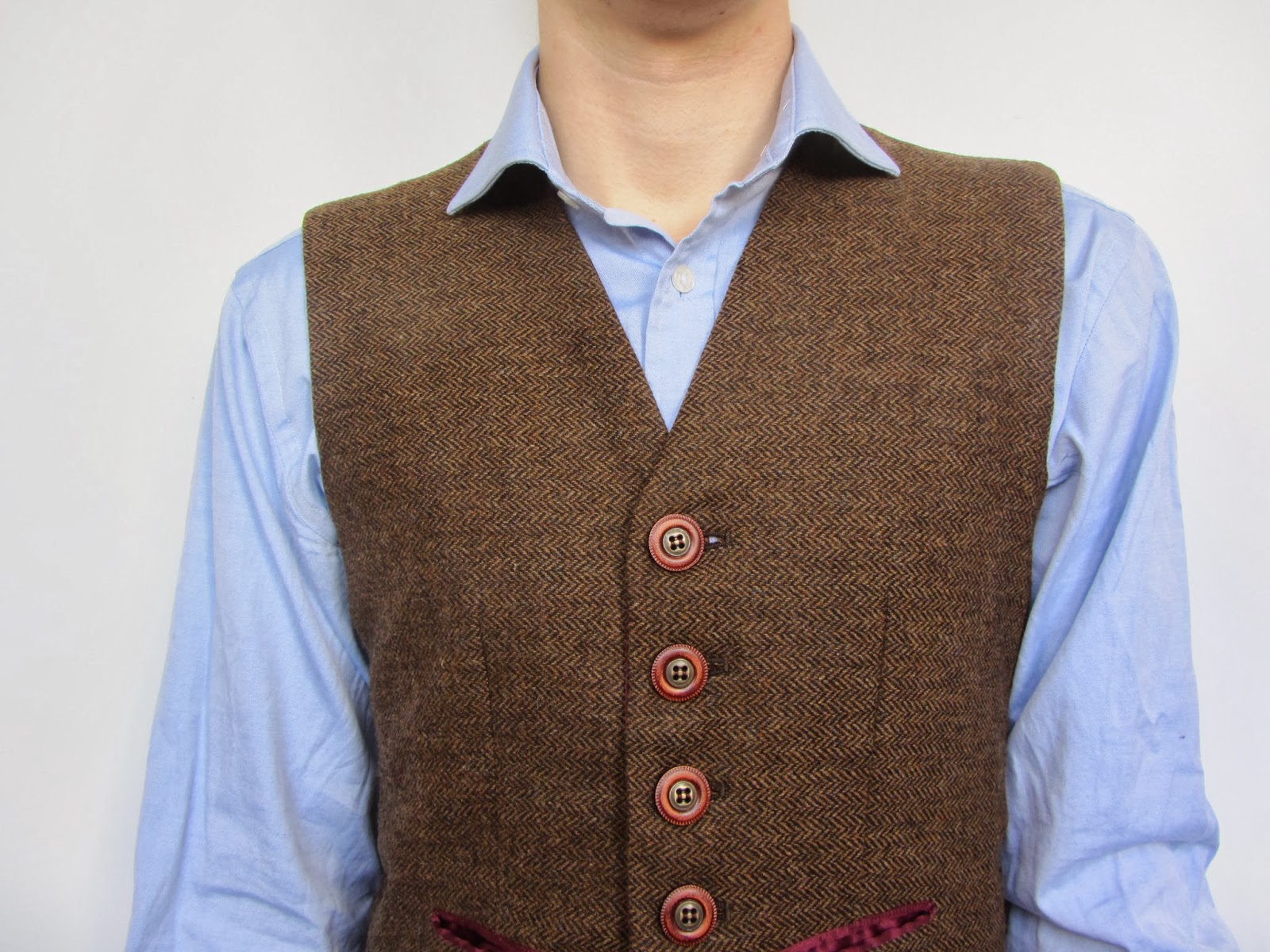So now is roughly that time of year where people are
applying to art college or university. Good luck if you have any interviews or
portfolio reviews! I thought it would be a good time to post about what is
needed for a basic sewing kit for those of you going to study something fashion
or costume related – or if you just fancy starting to learn to sew J
Before I started my first year of university I was sent a
list of things that I needed to buy which scared me as I didn’t have a clue
what a lot of the stuff was. So I figured it might be helpful for me to outline
what you need, what they are, how much you should spend and where to buy them.
What to have in your sewing kit
Sewing bag/purse
Something to put all your kit it. I wouldn’t recommend a box
as they’re just too heavy. Just something perhaps the size of a large pencil
case will do.
 |
| Fiskcars Embroidery Scissors |
Fabric Scissors,
Pinking Shears, Embroidery Scissors
 |
| Fiskars Dressmaking Shears |
 |
| Fiskars Pinking Shears |
Price varies.
Investing in a good pair of fabric scissors is pretty
essential. Spending a good amount of money normally means that they will be a
good pair but as a student I didn’t want to go too overboard. Fiskars are a
good brand costing around £25 a pair and around £10 for embroidery. As you grow
more experienced you will probably end up buying a few different pairs for
cutting different fabrics (eg. Really sharp for silks etc.).
Look after your scissors – ie. Don’t cut paper with them!
Tape measure
 |
| Tape Measure |
Approximately £1.
One with inches and cm is handy.
Hand needles
 |
| Embroidery needles |
 |
| Leather needles |
Approximately £1.50 per pack.
A range of different sizes, embroidery, leather, machine
needles of different sizes etc.
Thimble
 |
| Thimble |
Black and White thread
 |
| Black and white thread |
Approximately £2.50 for 100m of cotton. Around £2 for 1000m
of polyester.
If you can fit other colours in there then great! It’s also
good to have a cheap thread in there too for tacking.
Pins & Pin
cushion
 |
| Dressmakers Pins |
Around £2.50 for a box of pins. Pin cushions vary depending
on design.
I have 2 pin cushions and one straps round my wrist which is
really helpful. I try to have two boxes of pins in my kit because when I’m
doing a large project I tend to get through them quite quickly.
Safety pins
 |
| Hemline 46mm safety pins |
I would pay around £2 for 20 ish.
Large sharp ones – around 45mm. It is good investing in good
quality safety pins.
Quick unpick/ Seam
ripper
 |
| Seam Ripper |
Around 50p - £1
If you have never used one of these before it will be your
new best friend. It’s a really quick way of unpicking unwanted stitches and can
rip through a seam in seconds. Be very careful with delicate fabrics though.
Tailor’s Chalk
 |
| Tailor's Chalk |
Approximately 50p - £1 each
There are many types of tailors chalk nowadays. Chalk
pencils, marker pens. I am sure they’re all very good but I still use old
fashioned chalk. Make sure you keep it sharp with a chalk sharpener or just
some scissors – not your fabric ones! I’ve been told to use yellow – probably
because it shows up on most things.
Pattern Master
 |
| Pattern Master |
About £25 – can be found cheaper on amazon.
I had no idea what this was before I started uni but I
really don’t know how I managed without one now. It’s basically a 40cm ruler used
for pattern drafting where you can check your lines are straight, perpendicular,
draw curves – it’s fab!
Tracing Wheel & Carbon
Paper
 |
| Hemline dressmakers carbon paper |
 |
| Tracing Wheel |
About £2 for a tracing wheel. Around £8 for 5 large sheets
of coloured carbon paper.
A tracing wheel is used to mark on your seam allowance lines
using carbon paper. Worth buying!
Loop Turner
 |
| Loop Turner |
Around £4
So when you make rouloux loops you sew it inside out then
turn it through. A loop turner will save you a lot of time and can pull it out
the right way really quickly instead of fiddling about with your fingers.
Punch pliers
 |
| Punch Pliers |
Maybe not essential for a beginner but you will need one eventually.
Essential for corsetry.
Screw driver
For changing needles in machines etc. Very handy and
necessary for your sewing kit.
Pencil and rubber
Where to buy supplies
Morplan –
great for buying large quantities of items at
cheap prices
Amazon –
generally things are at a discounted price so a good place to buy
your more expensive items like scissors
Your local sewing shop or haberdashery – you are likely to
find a lot of the stuff in a standard sewing shop like needles, pins, chalk
etc.
John Lewis –
again, will probably have everything and should
be good quality
I haven’t mentioned everything you will need but this is
just a basic guideline to start off with. I’m sure as you’re going along sewing
you will find new equipment that makes your life easier so please comment below
on anything you find useful. Happy sewing!
 This unit of my course was based around film where we had to
base our research around a chosen director. In a group of six students we had
to come up with a concept, overall setting for the 1922 vampire film ‘Nosferatu’ as if
it would be remade by Guillermo Del Toro (Pan’s Labyrinth, Pacific Rim, Blade 2
etc.).
This unit of my course was based around film where we had to
base our research around a chosen director. In a group of six students we had
to come up with a concept, overall setting for the 1922 vampire film ‘Nosferatu’ as if
it would be remade by Guillermo Del Toro (Pan’s Labyrinth, Pacific Rim, Blade 2
etc.).













































